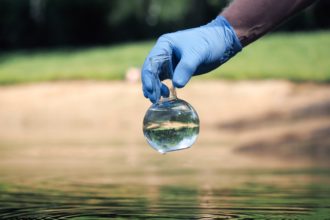11 Most Common Types of Water Diseases

Waterborne diseases are sicknesses caused by pathogenic microorganisms in contaminated or untreated water. These diseases can be contacted by drinking, bathing in, and eating food prepared from the affected water. A good number of people do not have access to clean/safe drinking water and, as such, they get infected with many types of waterborne diseases, some of which can result in serious illness or even death.
Below are the 11 most common types of waterborne diseases. The different types of water diseases are classified into two groups, namely, bacteria and virus.
1. Bacteria
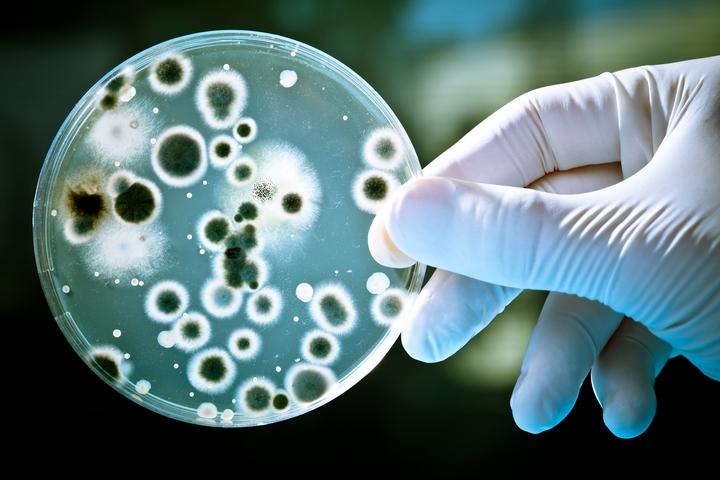
Bacteria are one of the major causes of waterborne diseases. There are many examples of diseases that are caused by waterborne bacteria organisms, some of which are listed below.
2. Cholera

Cholera is a major waterborne disease that affects the intestine. It is also known as vibro cholerae. Usually, the symptoms of cholera include diarrhea and vomiting, which can lead to an electrolyte imbalance as well as dehydration.
3. Typhoid Fever
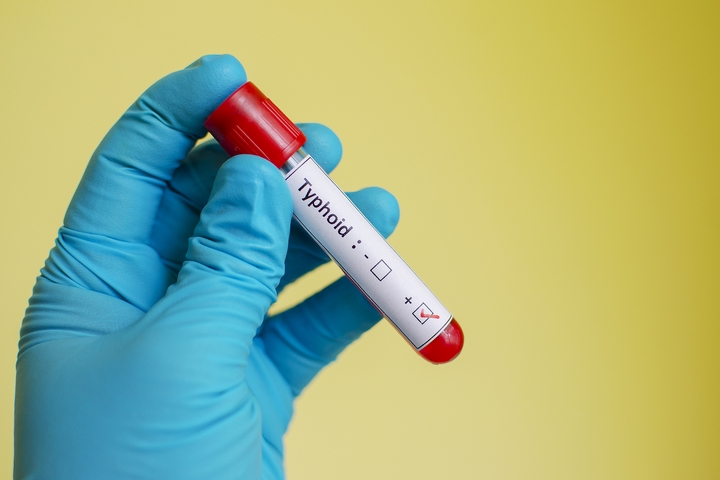
Typhoid fever is also one of the major types of waterborne diseases. It is caused by salmonella typhus, a bacterium. It enters the bloodstream, causing symptoms like skin rash on the chest and stomach with rose-coloured spot, as well as diarrhea.
4. Dysentery

This is another waterborne disease—a bacteria-related illness—caused by Shigella. It attacks large intestine cells, causing symptoms such as cramps, bloody stool, and diarrhea.
5. Salmonella and E. Coli Infection
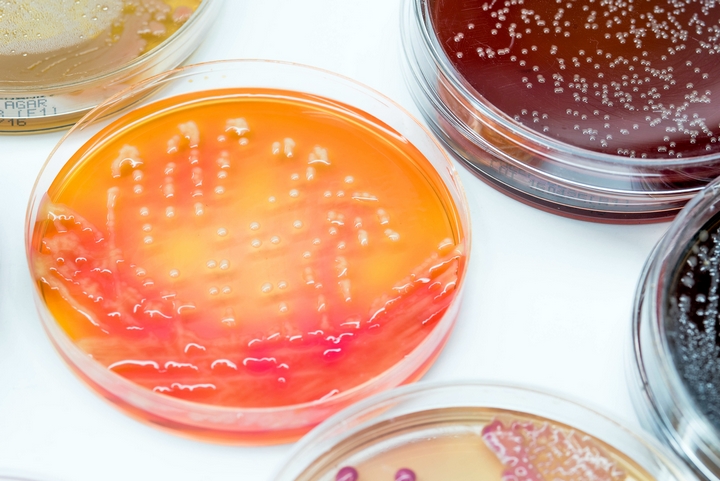
These two bacteria-based diseases can both come from unsanitary conditions, badly prepared meat, pet feces, and also filthy water containing infected feces. They have similar symptoms of vomiting, diarrhea, abdominal cramps, and a high fever. For a chronic e. coli infection, kidney failure could occur.
6. Vibrio Illness
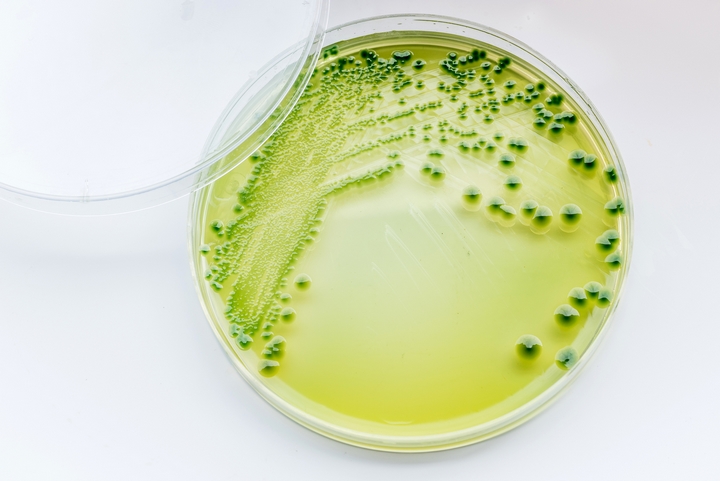
The vibrio bacteria can be found in salt water, as well as marine animals like prawn, shellfish, and crabs. When ingested, it causes diarrhea and vomiting. But if it enters through an open wound, it can cause skin ulcers as well as a nagging infection.
7. Legionellosis
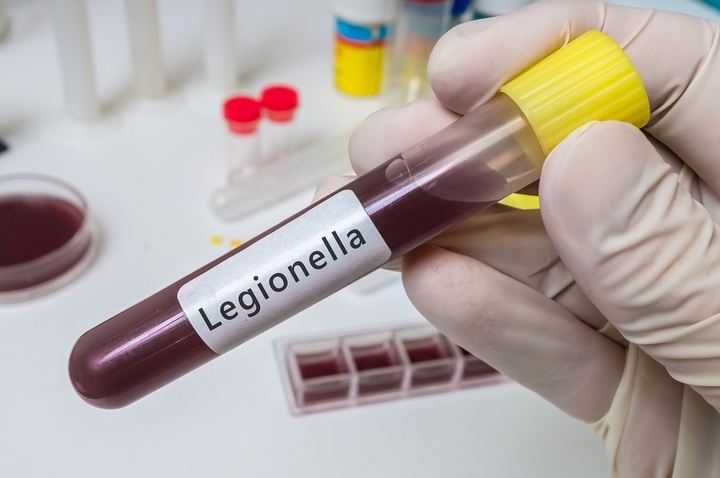
Legionellosis is a waterborne disease caused by the Legionella bacteria. Rather than the digestive systems, it attacks the respiratory system instead. It can be found in entities that turn water into a mist. When the mist is inhaled, the affected victim develops difficulty in breathing, which can lead to a fever and coughs with phlegm or pus.
8. Hepatitis A and E
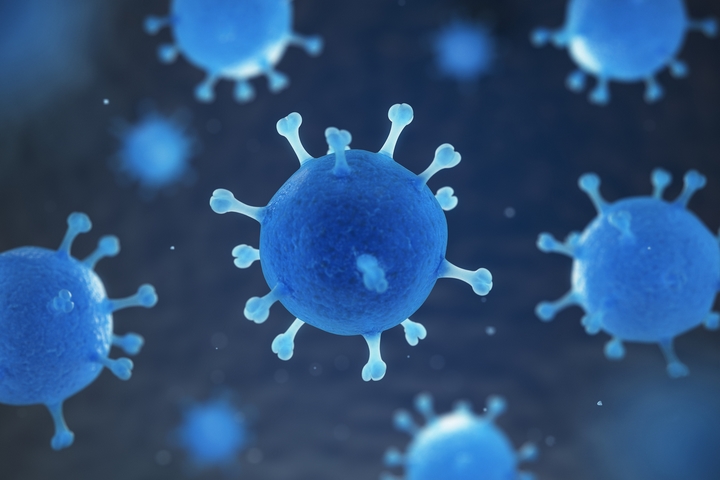
Both viruses are found in water that is contaminated with feces of an infected person, as well as dirty surroundings. These viruses attack the liver thereby causing discomfort in the abdomen, as well as vomiting and jaundice.
9. Polyomavirus Infection
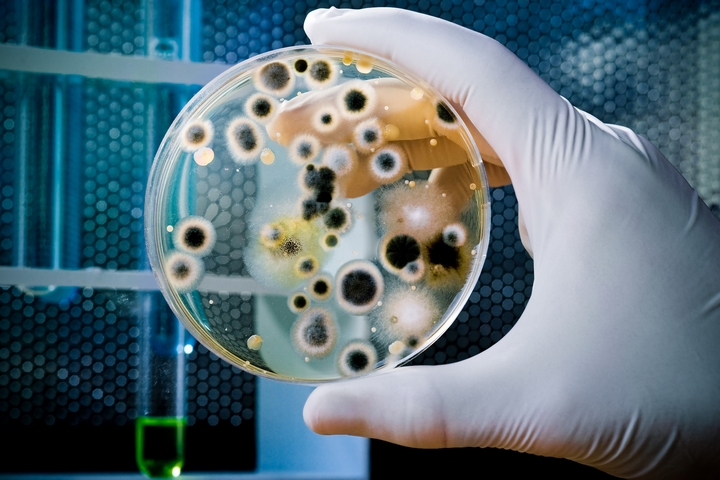
This disease has two strains known as the JC and BK viruses, which can both be found in contaminated water. The symptoms include an infection of the respiratory tract and kidney problems.
10. Polio

Polio is a micro-creature that usually spreads through ingestion. Infection results in vomiting, dizziness, body pains, and muscle weakness, which progresses to paralysis.
11. Severe Acute Respiratory (SARS)
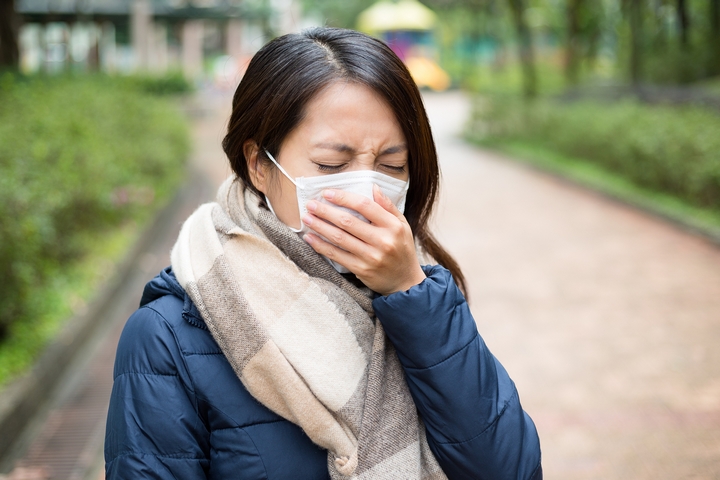
SARS is one of the deadliest waterborne diseases caused by a coronavirus. It enters the body system through cough droplets in the air or contact with the body fluids of an infected person. Symptoms include flu-like symptoms that later lead to something similar to pneumonia.
Treating waterborne diseases includes the management of acute febrile conditions, replacing fluid loss from the body, antibiotic therapy, and adequate nutritional support as well as filtering drinking water. For the best results, find a water purification system that can eliminate these waterborne diseases by innovating and producing technologically driven products that eliminate disease-causing organisms and providing clean water.


